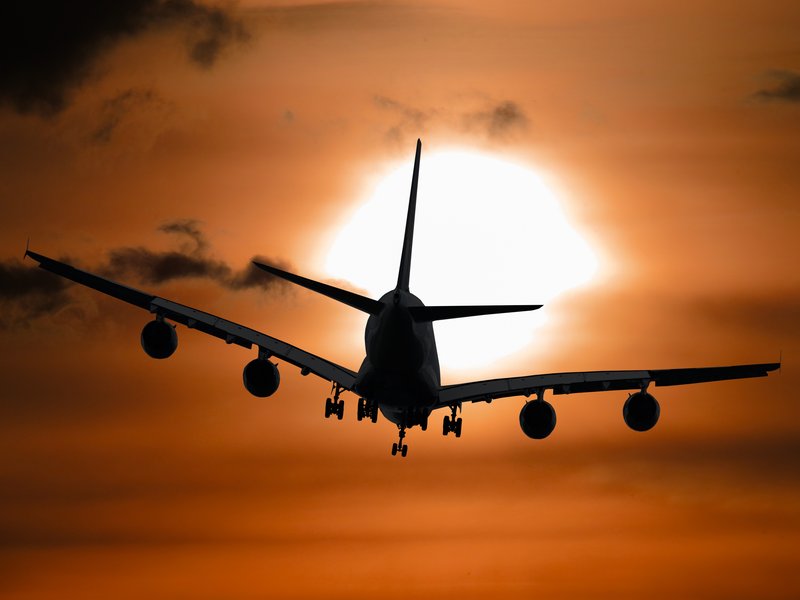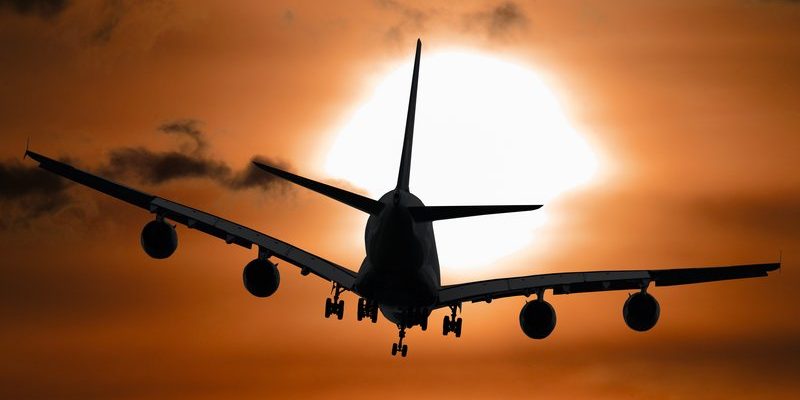
Here’s the thing: flying squirrels, particularly the Northern Flying Squirrel and the Southern Flying Squirrel, have some unique ways of ensuring their young ones grow up healthy and strong. From the locations they choose for nesting to the way they protect and feed their little ones, these tiny mammals have their parenting game down to an art. So, let’s dive into the world of flying squirrel parenting and see how they do it!
Choosing the Right Nesting Spot
Just like humans pick their homes with care, flying squirrels choose their nesting spots very wisely. Usually, they prefer tree cavities or old woodpecker holes, which provide both safety and comfort. These cozy nests are crucial, especially in the tumultuous early days of the young squirrels’ lives.
Here’s a fun fact: flying squirrels are social creatures! They often nest in groups. This not only offers warmth but also allows the adults to share parenting responsibilities. Imagine a community of parents working together, keeping an eye on the little ones while others take turns foraging for food. It creates a sense of tribe that enhances survival.
Another significant factor in their nesting choice is protection from predators. Squirrels are prey for many animals, including hawks and snakes. The snug homes they pick, often high up in trees, help shield their young from danger. It’s like the squirrel equivalent of living in a gated community!
Gestation and Birth: The Waiting Game
Once a female flying squirrel finds a suitable nesting spot, she gets ready to welcome her babies. The gestation period for these little ones is about six to seven weeks. During this time, the mother is cautious and spends most of her time in the nest, preparing for the big day.
When the babies are born, they’re incredibly tiny and vulnerable—think of them as little pink jellybeans with hardly any fur! The mother is very attentive, cuddling them close to keep them warm. She even has the ability to alter her nesting habits slightly if she feels it’s necessary for their safety. It’s fascinating how instinct drives her to provide the best care she can.
The new mother typically gives birth to two to six pups, which she raises for several months. The bond between the mother and her young is strong, built on trust and protection. The way she nurtures them during these early weeks sets the stage for their future independence.
Feeding: A Nutritious Start
After the initial weeks, as the babies begin to grow fur and open their eyes, the mother’s job of providing food becomes even more critical. Initially, they rely on their mother’s milk, which is rich in nutrients. But soon, they’ll need solid food to grow strong and healthy.
Flying squirrels are opportunistic feeders. This means they’ll snack on a variety of foods, from nuts and fruits to insects. As the babies start to venture out, the mother introduces them to various food sources. You might be wondering how she does this: she’ll bring the food back to the nest or lead them to safe spots where there’s plenty to munch on.
Teaching them what to eat and what to avoid is a crucial learning experience. It’s like a little crash course in foraging! The young squirrels watch their mother closely, learning what to eat and how to find it. This education is vital for their survival in the wild.
Social Learning and Play
Once the young flying squirrels are out of the nest and starting to explore, they engage in a lot of play. This isn’t just for fun; it’s a crucial part of their development. Through playful interactions, the young squirrels learn important skills they’ll need as adults, like how to glide and navigate their arboreal environment.
Playtime also strengthens social bonds. You’ll often see siblings chasing each other, climbing, and practicing their gliding skills. This behavior not only helps them grow physically but also teaches them about cooperation and social hierarchy within their small community.
Watching these little squirrels interact can be a delightful sight. It’s like a mini circus act, with lots of leaps and bounds. Plus, the more they play, the better they become at flying—essentially mastering their gliding skills well before they need them for real.
Parental Protection: Keeping Them Safe
Throughout the entire process of raising their young, parental protection is a top priority for flying squirrels. The mother keeps a watchful eye on her pups, and if any danger is sensed—like the approach of a hawk or a predator—she’ll call out warning sounds to alert her little ones.
The mother often leads her young to safer locations if she feels threatened. It’s a bit like a parent whisking their child away from danger. This instinctual behavior ensures that the young have the best chance of survival. In times of the greatest danger, they might even freeze in their positions, blending in with their surroundings to avoid detection. It’s a survival tactic that has worked well for them over the years.
As the young squirrels mature and become more independent, they slowly begin to venture further away from their mother. The transition from dependent pups to self-sufficient flying squirrels can take several months, but the foundation of safety and security laid by the mother sticks with them throughout their lives.
Independence and Leaving the Nest
After a few months, the young flying squirrels are ready to leave the nest and face the world on their own. It’s an exciting yet nerve-wracking time for any parent, akin to sending a child off to their first day of school. One day, they’re playing in the nest, and the next, they’re gliding off to start their own adventures.
Before they leave entirely, the mother prepares them for life outside by allowing them to explore the surrounding area. They gain confidence and learn to find food, avoid predators, and navigate their trees more effectively. Honestly, it’s a thrilling time, both for the young squirrels and their mother, who must now adjust to her new, quieter life.
While the mother will often remain nearby for a time, she knows that it’s essential for her young ones to become independent. They’ll find their own nesting sites and potentially even start families of their own. It’s the circle of life in the beautiful, complex world of flying squirrels.
In summary, flying squirrels exhibit an incredible range of behaviors when it comes to raising their young. From choosing safe nesting spots to teaching them how to forage and glide, these small creatures showcase the artistry of parenting in the wild. Whether it’s through cooperation, play, or protection, flying squirrels embody a remarkable journey of growth and independence.
So next time you see one of these creatures gliding through the trees, remember there’s a whole story behind them—one that involves caring parents, playful siblings, and the natural rhythms of life in the wild.

